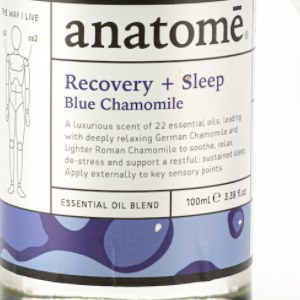Common Motorcycle Maintenance
By Jo Phillips
Top Tips for Common Motorcycle Maintenance
You don’t need to be a qualified mechanic to understand how to properly maintain a motorcycle. Most of the love and care that a motorcycle needs can be given at home by anyone who is willing to invest in a set of tools and learn how to do it for themselves.
If you can get hold of a manual for your bike, this will make doing any maintenance work a lot easier and will give you a reference for anything that you are unsure how to accomplish. Below are some general words of advice to get you started with carrying out basic maintenance on your vehicle.
If you come across any maintenance that needs completing and you aren’t yet confident in your ability to carry it out properly then don’t be afraid to consult with a trained professional. Any mechanic worth their salt will be happy to explain to you what you need to do to maintain your motorcycle and as you learn you will be able to take on more complicated challenges.
Tyres
You should check your tyres regularly for any signs of wear or damage. If a tyre fails while you are travelling at significant speeds, the results can be extremely dangerous for you and those around you. As well as checking for any visible signs of damage, you should also check the pressure every time you ride.
Tyres that are under inflated will make handling the bike more difficult and will have an impact on its handling and braking performance. Conversely, when a tyre is overinflated it reduces the area of contact between the tyre and the road, which results in less grip and a greater chance of slipping.
It is worth investing in a decent pressure gauge to be able to accurately quantify the pressure in the tyres, but your bike’s manual will tell you what the optimum range is. If you regularly ride with a passenger then this can often cause tyres to lose pressure more quickly. If this applies to you then make sure you are checking them more frequently.
Chain Tension
Having a bike set up with incorrect levels of tension in the chain can cause a number of problems for other components. For example, sprockets and gearboxes will wear out more quickly, gear shifts will be more difficult, and transmission will be less responsive.
Your bike’s manual will tell you how to adjust the chain and to identify when it has the correct level of tension. When adjusting your chain tension, do so while there is some weight, preferably a person with a similar weight to you, on the bike, as the chain will tighten when you are on board.
To adjust the tension properly, you will need a good torque wrench. The bike’s manual will let you know what the correct torque settings are for each bolt.
Batteries
Batteries are commonly overlooked during general maintenance. This is because they last a long time and while they are working, most riders forget they are even there. However, you should aim to check your battery’s level as often as possible.
Always remove the battery from the bike before carrying out any work and remember that motorcycle batteries contain strong acids, which can be highly corrosive and cause damage and irritation when they make contact with skin.
To check the level of acid remaining in the battery, place it on a level surface to ensure an accurate reading. If you find that the levels are low then top it up with de-ionized water and then leave it to charge. Be careful not to overfill the battery as this can lead to acid leaking out while the bike is in motion. Many batteries are now sealed so they cannot be topped up.
When the time comes to choose a new battery, it is well worth your time spending the necessary money to buy one that is reliable, has a long shelf life, and comes from a reputable dealer. A good choice for any motorcycle owner is Yuasa batteries, which are available from suppliers such as Hardwarexpress (who are one of the top suppliers).
Coolant
Checking the coolant level is another simple maintenance task which is often overlooked. Checking the coolant level takes only a few minutes and could save your bike from a serious overheating problem.
Most motorcycle tanks contain an indication on the outside of where the low and high-level marks are. Keep your tank topped up to near the maximum level while ensuring that it doesn’t approach the minimum level.
Be sure to check your bike’s manual or ask a qualified mechanic before refilling the coolant. Make sure the engine is cold before you drain any of the cooling fluid out.
Keeping your bike well maintained is the key to avoiding dangerous incidents arising from component failure. By keeping your bike well maintained, you greatly reduce the chances of needing to splash out on a mechanic to fix avoidable issues.




